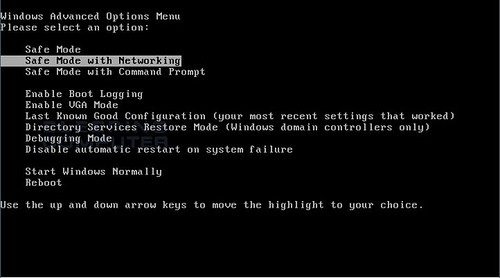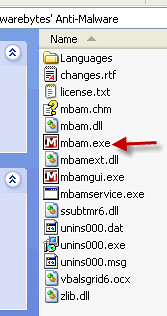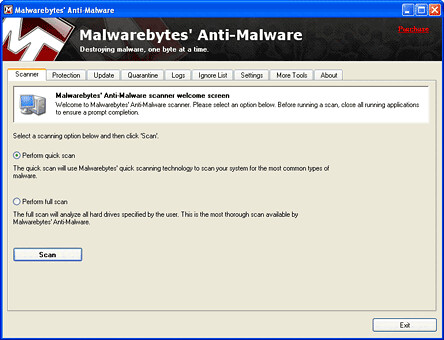The cloud protection virus is yet another malware that pretends to be a security software. It looks and works like its predecessor the Guard Online. If your computer has been generating security threat reports and you are constantly receiving popups promoting the fake cloud protection antivirus, you are encouraged to read this article to learn more about the virus cloud protection.

Cloud Protection Removal: How to remove cloud protection virus
For your guide on how to get rid of cloud protection virus, you can refer to the guide below on how to use Malwarebytes as a cloud protection virus removal tool. Your best bet to fix your computer however is to seek help from a computer technician.
1. Reboot your computer in Safe mode with networking. Do this by restarting your PC and pressing the F8 key after hearing your computer beep on startup. Once the Windows Advanced Options menu appears, select Safe mode with networking and then press ENTER.

3. Download Malwarebytes and then rename mbam-setup.exe to iexplore.exe
4. Launch iexplorer.exe to install Malwarebytes
5. Once the program is installed, navigate to your Program Files\Malwarebytes' Anti-Malware folder.

Find mbam.exe and rename to iexplore.exe
6. Doubleclick iexplore.exe to launch Malwarebytes and use as av guard online removal tool
7. Click the "Update" tab and click the "Check For updates" button.
8. Once the program has loaded and updates were downloaded, select "Perform Quick Scan", then click Scan.

9. Once the scan is complete, click OK, then Show Results to view the results.
10. Make sure that everything is checked, and click Remove Selected.
Fake Antiviruses and their Symptoms
As with most fake anti virus protection softwares, this "cloud protection” virus poses as a legitimate software. It appears to scan and even detect Trojans and viruses. This however is merely a ploy to get people to purchase the cloud protection hoax software. Other symptoms of the cloud protection virus also include browser redirects.
0 comments:
Post a Comment